Not so long ago, at the dawn of the Space Age, there were only a handful of artificial satellites orbiting the Earth. But nearly 70 years later, the number of spacecraft orbiting our planet has grown to thousands, with more being launched almost every day.
How many satellites are currently in orbit around the Earth? How many more could be added? And what problems would they cause when they were all there?
For decades, the number of satellites launched into space has remained steady. Since the first artificial satellite, Sputnik, entered orbit in 1957, an average of only 50 to 100 satellites have been launched each year. However, the emergence of private space companies such as SpaceX in the 2010s spurred a surge in launches, and the pace has continued to increase. In 2024 alone, a rocket will launch every 34 hours, putting more than 2,800 satellites into orbit.
As of May 2025, there are about 11,700 active satellites in orbit around Earth, the vast majority of which are in low-Earth orbit (LEO) — less than 1,200 miles (2,000 kilometers) above the planet’s surface — according to astronomer Jonathan McDowell of the Harvard & Smithsonian Center for Astrophysics, who has been tracking satellite activity since 1989.
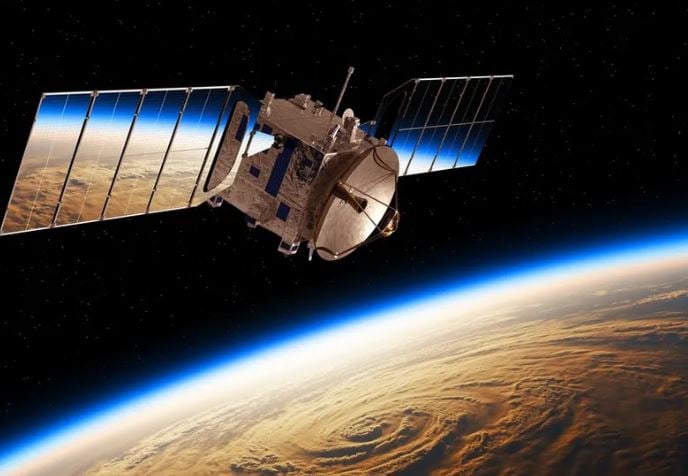
Satellites reflect light back to Earth, which could change the way we see the night sky. Photo: Shutterstock.
However, if you include satellites that are decommissioned, waiting to be deorbited or have been moved to “graveyard orbits,” the total could be as high as 14,900, according to the United Nations Office for Outer Space Affairs, although keeping accurate track of the full number remains difficult.
And that’s just the beginning. Some experts predict that the number of active satellites could increase nearly tenfold before reaching a plateau. If that scenario comes to pass, it could raise a host of issues for astronomy, space exploration, and the environment.
“This creates space traffic management issues, exacerbates space debris, interferes with astronomy and sky observations, not to mention the atmospheric pollution that rocket launches and re-entry can cause,” said astronomer Aaron Boley of the University of British Columbia. “We are still learning how much of an impact this has.”
Satellite explosion due to "super constellation"
The main reason for the exponential increase in satellite numbers is the development of “megaconstellations” – giant satellite networks deployed by private companies, with the aim of providing global communications services. A typical example is SpaceX’s Starlink constellation.
As of May 2025, about 7,400 Starlink satellites are in orbit, accounting for more than 60% of the total number of active satellites, according to McDowell. All of these satellites were launched in just six years, starting in May 2019.
SpaceX is currently in the lead, but others are trying to catch up, including Eutelsat's OneWeb constellation, AST's SpaceMobile network, Amazon's Project Kuiper, and China's "Thousand Sails" constellation, among others.
Predicting exactly how many satellites will be launched in the future is difficult. However, scientists can estimate a safe limit on how many satellites can coexist in orbit – called the “carrying capacity.”
According to McDowell, Boley, and other astronomers such as Federico Di Vruno (SKA Observatory) and Benjamin Winkel (Max Planck Institute for Radio Astronomy – Germany), LEO orbits can accommodate a maximum of about 100,000 active satellites. Once this threshold is reached, only new satellites to replace old ones that have failed or fallen back to Earth will be launched.
It is unclear when this capacity will be reached, but at current growth rates, some experts say it could happen before 2050.
Potential problems
Having too many satellites orbiting our planet can have many consequences.
One of the biggest problems is space junk. While many modern rockets are partially reusable, they leave behind discarded booster stages in LEO, where they can linger for years before falling back into the atmosphere. If these pieces of junk collide with each other or with large satellites or spacecraft like the International Space Station, they can create thousands of smaller pieces of debris, increasing the risk of further collisions.
If left unchecked, these collision sequences could render LEO orbits unusable and hamper deep space exploration , a problem known as the “Kessler syndrome” – a danger that scientists warn needs to be addressed immediately.
Satellites also create visual noise for astronomers. Satellites reflect light off the Earth's surface, especially bright objects, which can create large light trails that ruin long-exposure astronomical photographs and interfere with observations of distant celestial objects.
Not only that, radiation pollution from satellites like Starlink also affects radio astronomy. Some experts worry that if the number of satellites reaches the maximum, the level of interference will make radio observations at many frequencies impossible.
Rocket launches also contribute to the release of greenhouse gases into the atmosphere – a factor that exacerbates man-made climate change. A rocket launch can emit 10 times more carbon than a commercial flight, although the frequency is still much lower.
Satellites also have other environmental impacts. When satellites burn up during re-entry, they release large amounts of metals into the atmosphere. While this area of research is still new, some scientists warn that the buildup of metals could affect the Earth’s magnetic field, with potentially serious consequences.
Of course, there are undeniable benefits to private satellites, such as connecting remote areas to high-speed internet. But many experts question whether the benefits are worth the risks. Most experts agree that at the very least, we should slow down the pace of satellite launches until we have a better understanding of the overall impact.
“I don’t think we should stop launching satellites altogether,” Boley said. “But slowing down and postponing the deployment of 100,000 satellites until there is clearer international regulations would be a wise course of action.”
Source: https://doanhnghiepvn.vn/cong-nghe/so-luong-ve-tinh-quay-quanh-trai-dat-dang-tang-vot-gay-lo-ngai-ve-thien-van-hoc-va-moi-truong-khong-gian/20250519013516506






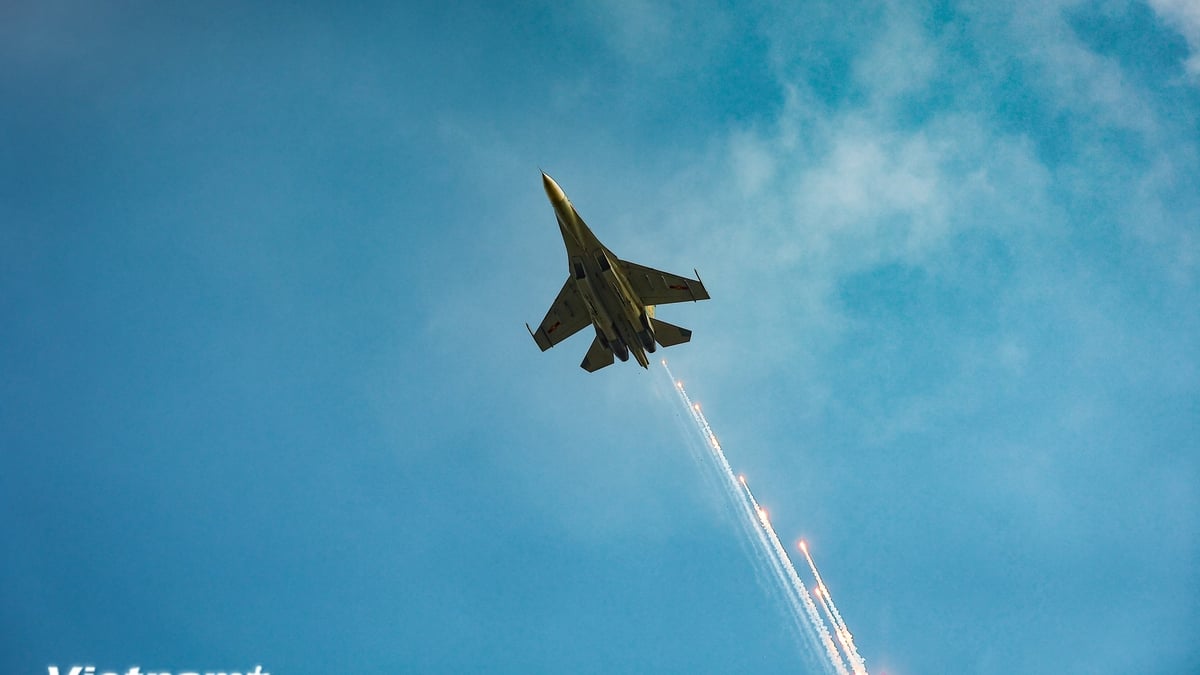

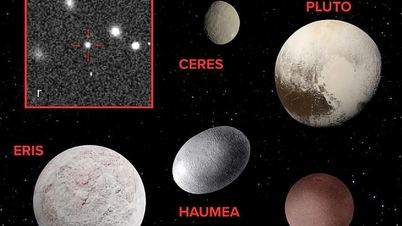

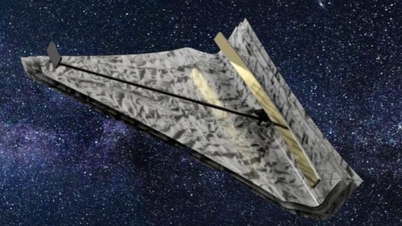





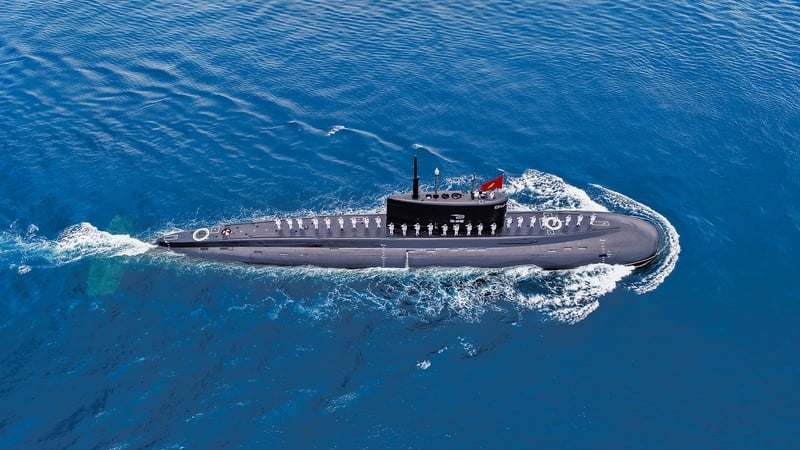





































![[VIDEO] Petrovietnam – 50 Years of Keeping the Heritage Torch, Building National Energy](https://vphoto.vietnam.vn/thumb/402x226/vietnam/resource/IMAGE/2025/9/3/3f5df73a4d394f2484f016fda7725e10)
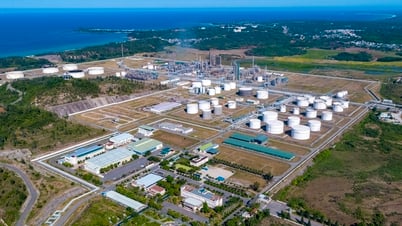
![[Photo] President Luong Cuong meets with Russian President Vladimir Putin](https://vphoto.vietnam.vn/thumb/402x226/vietnam/resource/IMAGE/2025/9/3/87982dff3a724aa880eeca77d17eff7f)


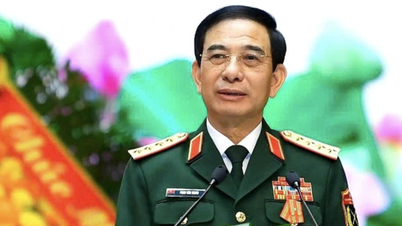
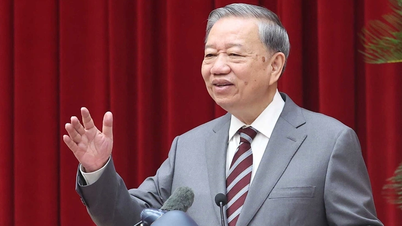


















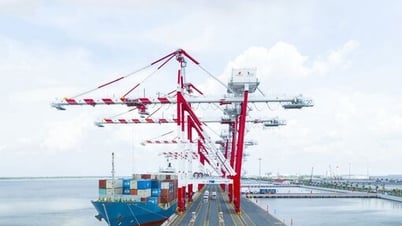














Comment (0)